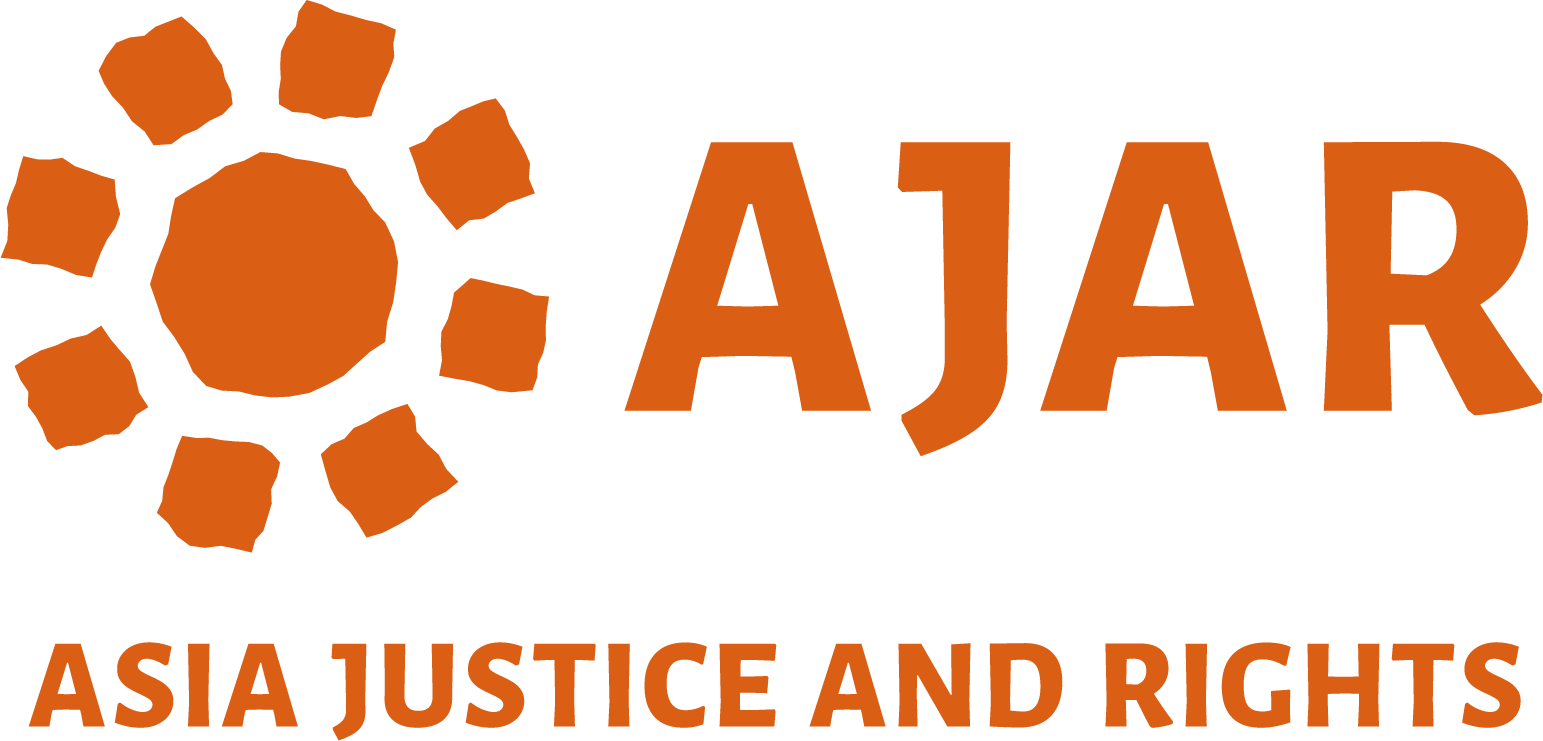 Reparations provide official state recognition of victims’ rights by repairing the damage and suffering of individuals and communities caused by one or more serious human rights violations. The objectives of a reparations programme include:
Reparations provide official state recognition of victims’ rights by repairing the damage and suffering of individuals and communities caused by one or more serious human rights violations. The objectives of a reparations programme include:
- Fulfilment of rights to restitution, compensation, and rehabilitation
- Building trust in the state and its ability to guarantee human rights
- Contributing to a sustainable peace
The importance of reparations
International law and, often, domestic law recognize that victims of human rights violations have a right to a remedy. When the state gives priority to addressing the needs of victims, it demonstrates its commitment to providing this remedy to victims, strengthening human rights, and condemning violence, which builds victims’ trust toward the state. Reparations also strengthen social solidarity by promoting an understanding of the situation of victims’ and of the contributions they made to the nation. All this contributes to long-term stability.
Reparations programs are usually implemented in countries that have suffered a long conflict or repressive regime marked by widespread human rights violations and many victims. Often the local court system is unable to deal with this high number of violations so that the state must find other ways to care for or recognise victims. Reparations must be implemented alongside other approaches used to address the negative impact of past conflict. For example, if there is no institutional reform to ensure that the state respects citizens’ human rights it will be easy for violations to recur, making any reparations an empty measure. If there are reparations but no initiatives to bring suspects to account, victims may feel as though reparations are intended to replace their right to criminal justice. Reparations are not an alternative to criminal justice, but part of a broader strategy to acknowledge and address the impact of abuses.
Social assistance programs and veterans’ programs are not the same as reparations. Social assistance programs are a right of all citizens, provided they fulfil certain criteria such as being disabled or elderly. Veterans’ benefits are a way to thank veterans for their service to the nation and aim to reintegrate ex-combatants into civilian life. Reparations, on the other hand, usually address the harm caused by the violations that victims suffered.
Implementation of a reparations program may use a number of mechanisms. A special institution may be created to implement a reparations program that would establish beneficiary criteria, collect necessary data, and provide reparations to the beneficiaries.
Having a single institution dedicated to the provision of reparations has several benefits. It:
- Demonstrates the state’s commitment to victims
- Makes it easier for victims to access information about reparations as there is only on institution to contact
- Is easier to measure the resources dedicated to reparations
A negative aspect of establishing a new institution to provide reparations is that it requires a lot of resources.
Although reparations are not the same as social assistance, some countries may integrate reparations into a social assistance strategy. For example, in Chile the reparations programme included a victim-sensitive health care system and the provision of university scholarships for victims or their children. When this approach is used it is important to distinguish benefits given for vulnerability caused by political violence from benefits given for vulnerability caused by other factors. This will allow the state to demonstrate its effort to provide reparations to victims and will help victims to feel they have been recognised.
The right to remedy for victims of gross violations of international human rights law is found in numerous instruments of international human rights law:
- The Universal Declaration of Human Rights (article 8)
- The International Covenant on Civil and Political Rights (article 2)
- The International Convention on the Elimination of All Forms of Racial Discrimination (article 6)
- The Convention against Torture and Other Cruel, Inhuman or Degrading Treatment or Punishment (article 14)
- The Convention on the Rights of the Child (article 39)
Provisions for this right are also found in international humanitarian law:
- The Hague Convention respecting the Laws and Customs of War on Land of 18 October 1907 (Convention IV, article 3)
- The Protocol Additional to the Geneva Conventions of 12 August 1949 (article 91)
- The Protection of Victims of International Armed Conflicts (Protocol I) of 8 June 1977
- The Rome Statute (articles 68 and 75)
In honouring the right of victims to remedies and reparations, the international community reaffirms accountability, justice, and the rule of law. In adopting a victim-oriented perspective, the international community affirms its solidarity with victims of violations of international law, as well as with humanity at large, in accordance with the following Basic Principles and Guidelines.
